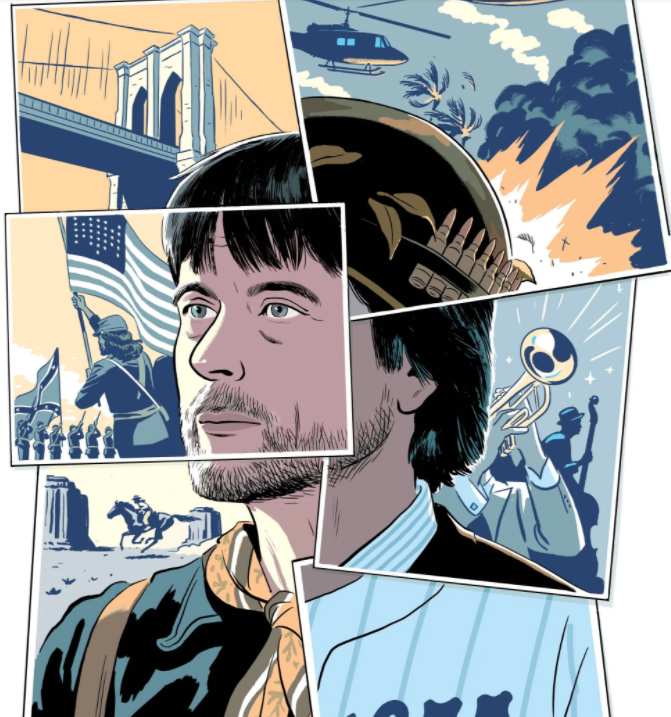
Learn By Doing! Get Out There!
First of all, we tell stories to keep the wolves from the door, mortality, according to Ken Burns. Life is short. There is no solution to learning other than to go and do, which is the best way to learn. There are no rules about films. Ken Burns has been doing it for 46 years, and he does not believe in formulas in documentary films, there is no formula. The only formula is Doing + Learning = Growing.
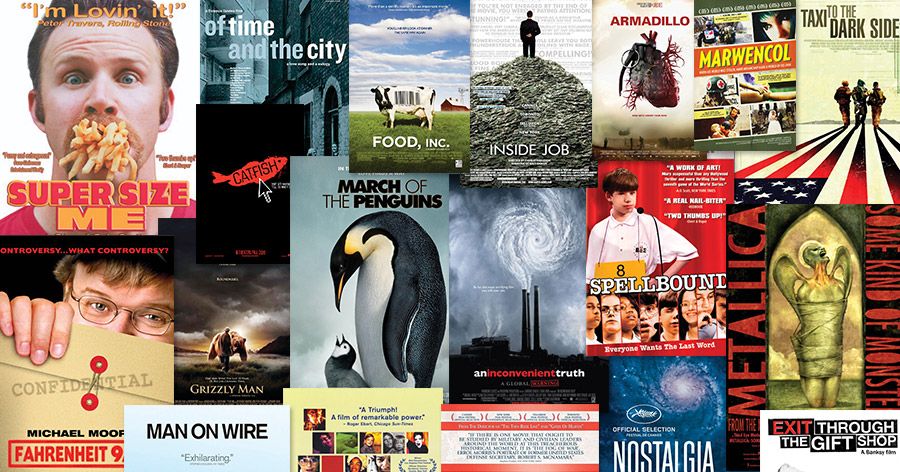
The Renaissance of Documentary from the 1980s to Present
There are so many documentaries that have emerged in the last few decade that has put the genre on the map. And notice that there is no orthodoxy. Errol Morris, Michael Moore, Al Gore and Werner Hertzog all doing their own things in this genre. Again, no formula. Ken Burns does not do his own narration and / or ask questions on camera.


The Brooklyn Bridge
He felt that biography of Washington Roebling for the Brooklyn Bridge was important. It was emotional. You have to have faith in yourself. That project was Ken Burn’s first in 1981. He had a shoestring budget to make it happen. And a Ken Burns documentary takes especially long, hence he left New York to finish the film and moved to New Hampshire where the cost of living was much more reasonable.
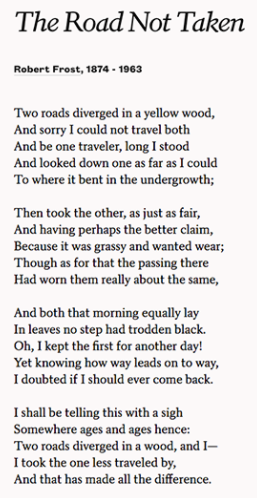
Know Your Creative Goals
- Is this what you want to do?
- No one is going to give me the budget, you have to beg, borrow and steal!
Transcend: film-making is industrial anxiety, there are 100s of things that can go wrong. You need to welcome the unanticipated problems. You need to have patience.

Be a Jack of All Trades
- Writer, sound designer, fundraiser, marketing, and you will give your spiritual life to be a good film maker. Don’t let it be one single skill that you possess: be well-rounded, inquisitive.
- Documentary filmmaking is highly collaborative. You need a good cinematographer and a good writer. A film project cannot be a one person program. You have to make your own career path, what are you willing to do for your art go commercial or go public funding, it will still be your art.
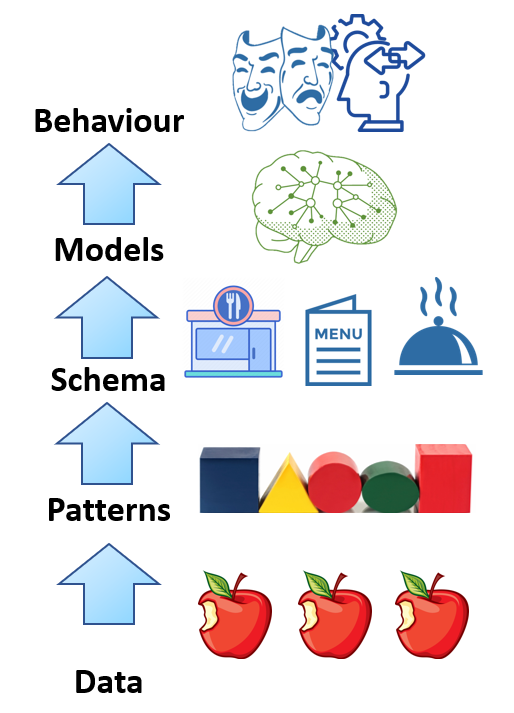
Research Everything, Even While You Build the Story
Your model / filter of past is going to be challenged. The opposite view is possible. The Vietnam War ($30M budget) humiliated Ken Burns with new facts. Conventional wisdom is harmful to truth. You have to tell the true story of the Vietnam War which is more nuanced then Ken Burns realized in the outset…same with his audience. That particularly documentary being probably the most important since the Civil War.
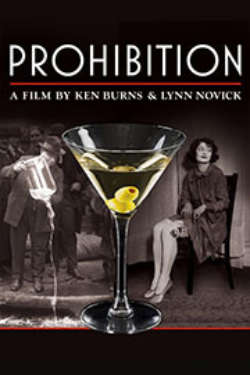
The Drama of the Truth
How far can you go with art before you mess with the truth? What have I done in the service of cinema in order to tell the truth? Inclusion and exclusion are both part of the story. There has to be a human act of faith in selecting what is included.
There is no such thing as objectivity. There are a completely different realities and you then have to average things out, according to Burns. Human experience is human experiences (plural) and as you gather them you can more clearly understand that moment. You need to take a certain license, however. The truth is you have may be challenged by a lack of evidence whether it be photographic or otherwise.
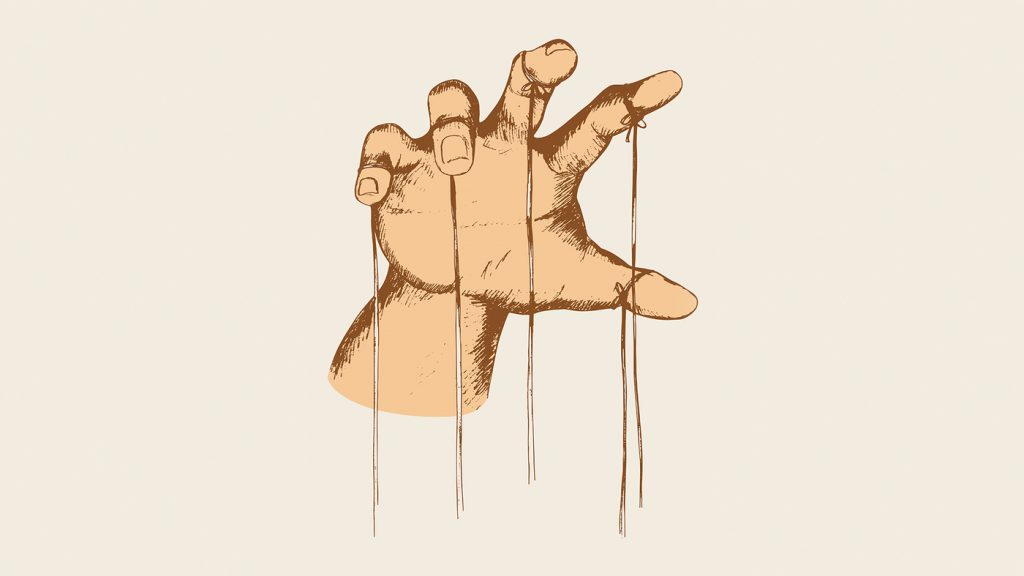
Manipulation is Part of Art
Contradiction is very common in reality. Be manipulative in your story telling. You shouldn’t see manipulation as evil. You need to be manipulative. How do you get along? Manipulation gets the shooting done. If you aren’t manipulative then you are deceiving yourself first and everyone else second.
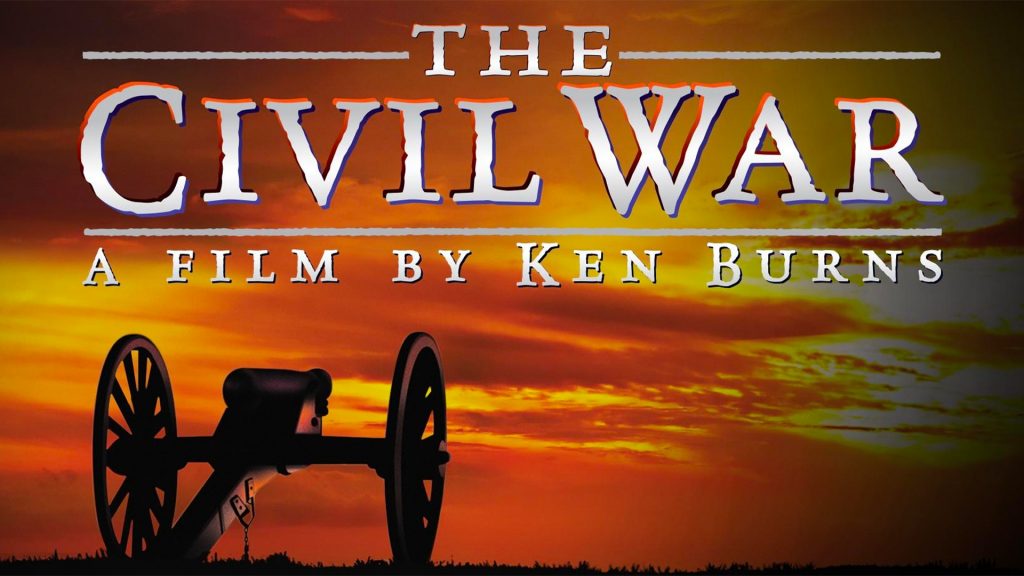
The Civil War Script
Proposal script for the Civil War had certain sections pre-written before production. You need to write a treatment of your story. You then need to lay out the parameters.
Money is the most governing thing: money is very important.
- government,
- individual funders,
- corporate funding.
You could also develop a bankable story. You need to make the audience no longer understand. Ken Burns’ team writes a lot of proposals.
You have to be realistic budget: how much does it cost for the sound people, editing, you have to pay yourself. Push through: the made a good food, Ken Burns is fundraising and being told 1500 times and 15 times told yes. So Ken Burns is a sales guy in effect.
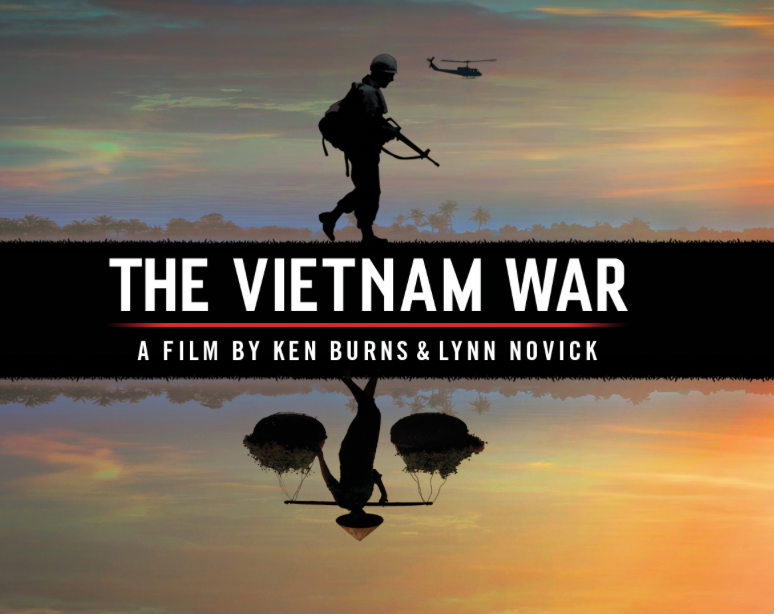
Structuring the Document Narrative
- You want to know how it can be told. We are under the powers of story telling.
- Archival information is critical to historical documentary: you need to follow leads.
- You shouldn’t look at the great men of history; look at the bottom up and the top down. You should look for the home movies, for example in Vietnam. For example, in The Vietnam War documentary a solider sends home videos back home from the front and the towns people.
Shaping Nonfiction Characters
Liberate the characters of the heroes and villains model. Abe Lincoln, he attacked the US constitution. The Civil War is morally complex.
Layered Characters Drive Narrative
It’s most effective if your audience thinks the character should make other decisions than the ones they make.

Visualize Your Story Boards
He had the episode of using the post it; then they do these different modes in the story.
Balance Larger Themes with Individuals
- Good writing is easier building blocks for a better story, you have to have good writing to back the rest of the experience.
- Narration is based on 3rd person in Ken Burns films. Ken Burns did not invent narration in documentary film. Do not be afraid of narratives. The word and imagine together are more powerful than the sum of their parts.
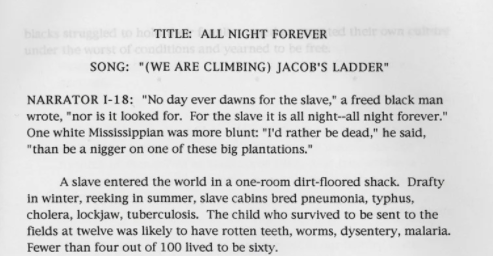
The 3rd Person Narrative
- Words are not set in stone. There will be many drafts. and then you do a blind session. Does the structure makes sense. Then you do a blind assemblies of the voice over and then the visuals.
- Using caveats which is “may have been” qualifications. Slavery was abhorrent, but the statistics are abstract. 4 out 100 lived passed the age of 60. Born in a shed, most children died before age 12, if they did survive they would work in the fields.
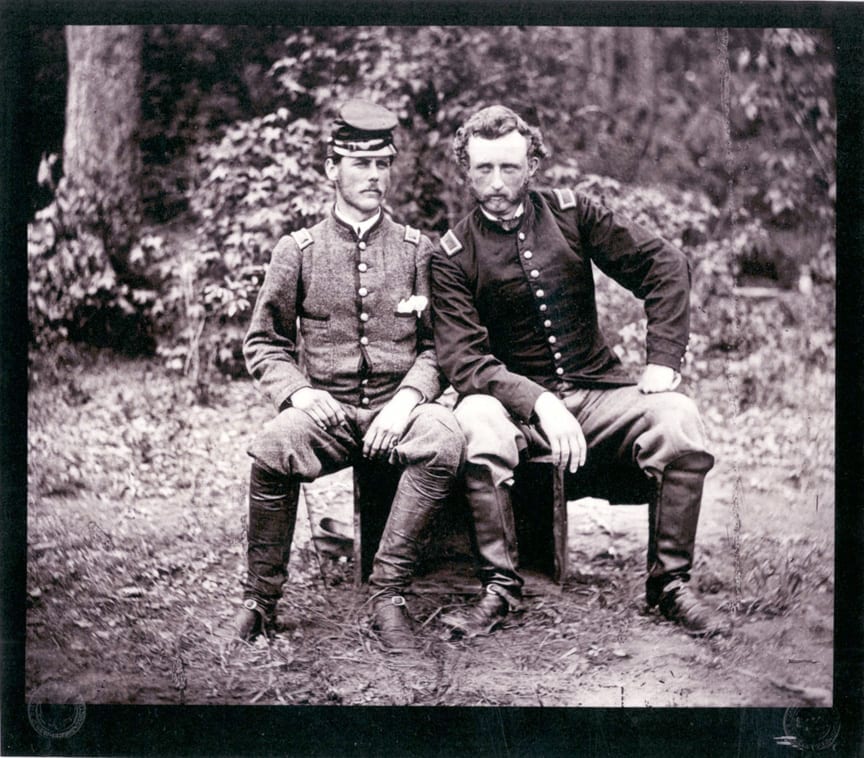
Ken Burns Loves Still Photos
Trust the audience to be more engaged. I will invest those limitations. Ken Burns is an effect is not about giving people a slideshow. The psychological response to a picture.
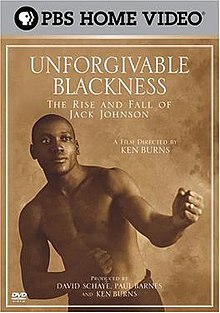
Imaginative Symbolism
- Word and Image is (1 + 1 = 3): Mirror illustration, have the words and the picture talk to each other. We look for the obvious but try to find the dissonant and different because you will find new meaning in it
- Jack Johnson Unforgivable Blackness. These past moments rhyme perfectly, for Ken Burns, with what is going on right now in the US.
- Selective Interview Subjects: Burns interviewed 1,000 interviewees and got only 100 interviews. Some people don’t want to have stumbling, some people clam up.
- Be Honest and Persistent: being completely transparent.
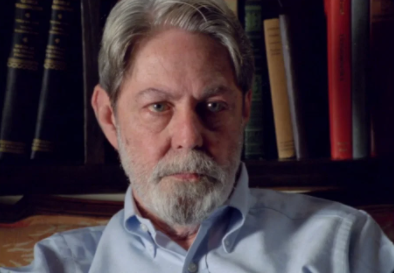
Conducting an Interview
- Stay Open to Possibilities: you don’t know what is going to
- Conducting an Interview: be very nervous in the interview, be humble. If it doesn’t work, then take the blame and or say we moved in another direction. Ken Burns asks the subject to insert the question into their answer so that editing-wise his voice never has to appear in any of the films. You want to break down the wall and get them to drop their barriers.
- Honour your interview subject: you should conduct an interview like you planned to meet him.
- Stories Greater Than Facts: The facts aren’t as important as the story about the curiosities. About the stories in the war.
- Ken Burns, does not treat his interviewees as transactional. Use your own imagination to effect emotional connection to the audience.
- Ken Burns uses live cinematography that are still shots. The magic hour is the sun setting light.
- Steal Shots: Sometimes you have to steal the shot if you can’t get access to the a certain area.
- Lighting an Interview: make sure that you have eye line, don’t include anything other than the subject. Focus in on the face of the person.
- Shoot Interviews with A Light Crew…just easier.
- Music is the Quickest to Feeling Art: music should not be an afterthought. Start to use particular themes in the key moments of the film. Get most favoured nation deals for the music. Ashokan Funeral was actually write in the 1980s but the instruments were of that area.
- Editing Process: Trust your editors….Ken Burns actually doesn’t edit his own films these days.
- Blind Assembly: worked on the narration, then you just hear a radio play. So you can then start to add the picture.
- Messy Full Research Document: The first assembly, it should be very messy. There should be a daunting task to make the film to make it an actual film. Take it piece by piece.
- Authenticity: You need to make sure that you convince the audience that this is another new thing, not a summary of someone else’s story.
- Private Viewing: You need to follow up with the historical advisors. And then have a lot of bodies there to review the film before launch. Take very particular negative feedback and fix it, don’t give them scripts for the film or they will read that rather than watch the film.
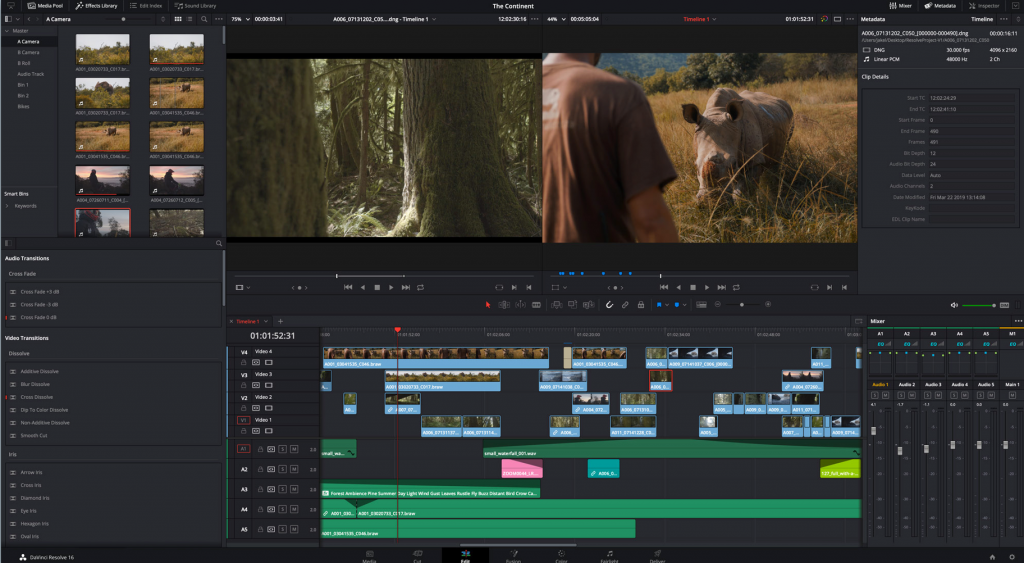
Editing: A Process
- It is the principles: You want to be able to edit your answer on how was your day. Tell a story. Not all 1,440 minutes of it.
- Tempo In Art: You need to triage the quality of the film, it’s not about imposing yourself. Documentary film making is absolutely a tempo on the screen on musical notation, a film must be rhythmic.
- The Vietnam War Introductory: The blind assembly is key, you have the dramatic structure. Scratch narration (use your own voice) until you have the best voice in town Peter Coyote..
- It’s the personal story and intimacy of the character that people remember.
- The Recording and Using Voice Over: the most important narrator has to be confident. Peter Coyote has to inhabit the non-journalist voice. You do not want to have the dramatic voice be done by a celebrity unless the content is able to flip the audience over so that they are in the scene, and can’t recognize the voiceover as a result. You want the front row lens in.
- Rank the Quality of Performance in Real-Time: Give the narrator the script and then circle the narration runs that you liked in rank order.
- Never Record the Voice Over to the Pictures: record to the words.
- Sound Design: there is a lot of video footage without sound so Ken Burns has to create that. There are 175 recorded sounds in the Tet Offensive sequence of The Vietnam War.
- The Artist’s Responsibility: it is the artists responsibility to lead the audience to hell but also to led them out.
- Allow Moral Dissonance to Occur: interesting people populated most people. You should not self-select away. It’s not one thing or the other. There are strong divisions in the United States because it is such a vast country.
- Decide Your Outlet: Distribution is needed. You want the most number of the people. Ken Burns learned that you give the film to PBS and it gets scale.
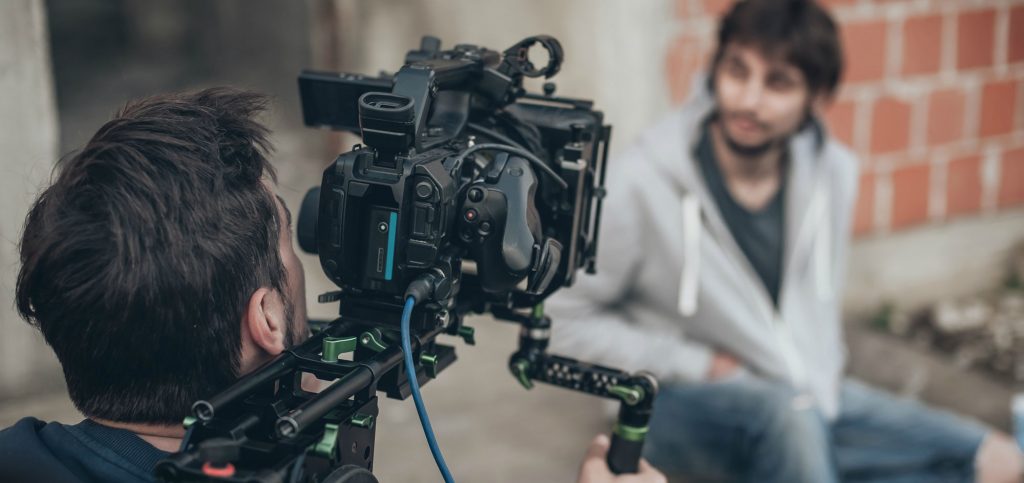
Evangelize the Film / Aspiration to Action
- Allow the audience to assign their own meaning. You want the audience to have a conversation with you and they are continuing a conversation that they are having that conversation with you.
- You need to go out there, nothing happens unless you start. You need to make the phone call to make sure you find that support. You need to jump over the chasm from aspiration to action. Don’t let your mind crush the idea, do something to get started.

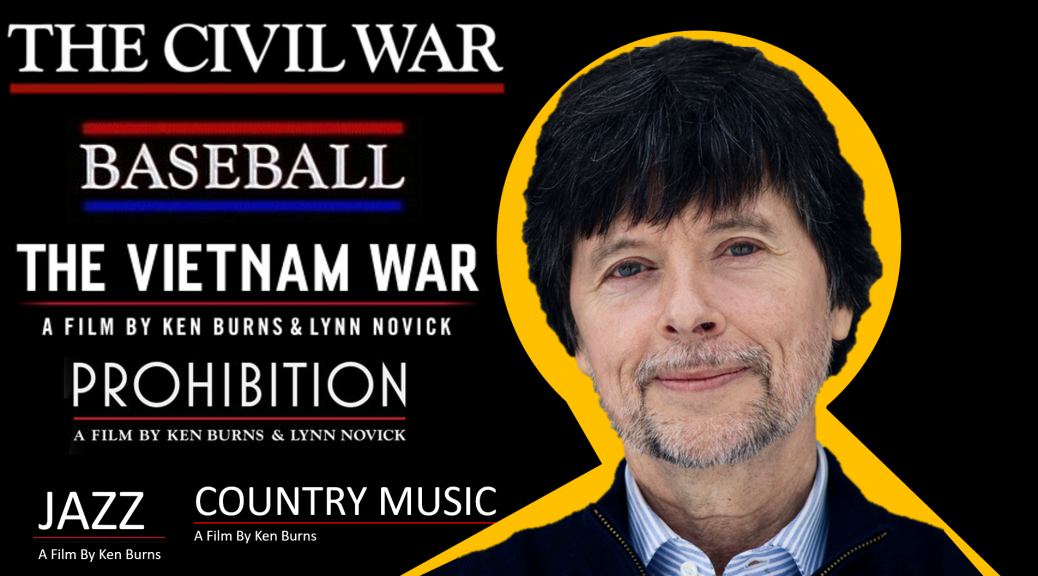
It was interesting when you talked about how it is important to give the narrator a script when you are filming a documentary. I would think that it would be important to make sure that you are creating a script that flows smoothly. Working with a production company could be a good thing to do if you don’t know how to create a good script.